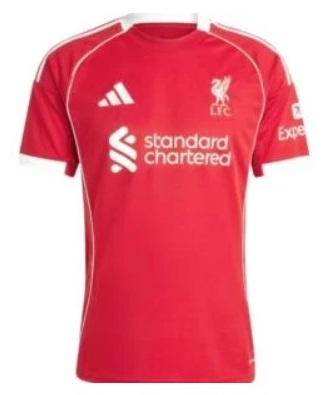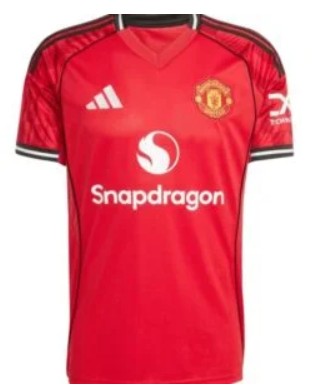Understanding Expected Goals: The Mathematics Behind the Magic
Expected Goals measures the probability of a shot becoming a goal based on thousands of similar historical situations. Each shot receives a value between 0 and 1, where 0.1 equals a 10% chance of scoring. A penalty kick typically rates 0.76 xG, while a long-range effort might register just 0.02 xG.The calculation considers multiple factors: shot location, angle to goal, type of shot (header, volley, placed shot), assist type, defensive pressure, and goalkeeper positioning. Advanced models even incorporate player body position and speed of attack. This creates a nuanced picture far beyond basic shot counts.Understanding xG variations is crucial for betting applications. StatsBomb, Opta, and FBref calculate xG differently, leading to slight variations. Professional bettors often aggregate multiple sources or develop proprietary models. Combine xG with other statistical models for enhanced predictive power.Why xG Beats Traditional Statistics for Betting
The Variance Problem in Football
Football’s low-scoring nature creates massive variance. A team can dominate possession, create numerous chances, yet lose 1-0 to a counterattack. Traditional statistics like shots or possession percentage fail to capture true performance levels. xG solves this by quantifying chance quality over quantity.Consider Manchester City’s 2023/24 season: they averaged 2.4 xG per match but scored 2.7 goals. This slight overperformance suggests sustainable attacking prowess. Conversely, teams significantly outscoring their xG often experience future regression, creating betting opportunities on unders or opposing team markets.Predictive Power Across Multiple Matches
xG’s true betting value emerges over multiple matches. While single-match xG can mislead due to variance, 5-10 match rolling averages reveal genuine team strength. Teams consistently generating high xG eventually score more, while those conceding high xGA (xG Against) eventually concede more.Research shows xG outperforms actual goals for predicting future results after just 6-8 matches. This creates early-season edges before bookmakers and public perception adjust. Identify value bets by comparing team xG trends against market odds.| Metric | Predictive Accuracy | Best Used For | Limitations |
|---|---|---|---|
| Goals Scored | 61% | Recent form | High variance |
| Shots on Target | 64% | Attacking intent | Ignores shot quality |
| xG | 73% | True performance | Model dependencies |
| xG + xGA | 78% | Overall strength | Requires both metrics |
Practical xG Betting Strategies
Strategy 1: Regression Betting
Teams overperforming or underperforming their xG eventually regress toward expected levels. When Brentford scored 15 goals from 8.2 xG early in 2023/24, smart bettors backed unders in subsequent matches. The regression was inevitable – they scored just 6 goals from 9.1 xG over the next five matches.Implement regression betting by tracking xG difference (actual goals minus xG) over rolling 10-match periods. Teams with +5 or higher differences become under candidates, while -5 or lower signals over opportunities. Combine with fixture difficulty for enhanced accuracy.Strategy 2: Live Betting with Real-Time xG
Live xG tracking revolutionizes in-play betting. When a team generates 1.5+ xG in the first half without scoring, second-half overs offer value. Conversely, teams scoring from their only 0.05 xG chance likely won’t sustain that efficiency.Professional bettors use live xG feeds to identify momentum shifts before odds adjust. A sudden xG spike often precedes goals by 5-10 minutes. Master live betting strategies by incorporating real-time xG analysis into your decision-making process.Strategy 3: Player Prop Betting
Individual player xG (xGi) transforms player prop betting. Strikers consistently generating 0.5+ xGi per match offer value in anytime scorer markets when odds exceed implied probabilities. Mohamed Salah averaging 0.65 xGi suggests 48% scoring probability, yet often prices at 40% implied odds.Track player xGi trends across different oppositions and venues. Some players excel against high defensive lines (higher xGi), while others thrive in congested boxes. This granular analysis uncovers mispriced player markets overlooked by recreational bettors.“xG has democratized football analysis. What once required watching hundreds of matches can now be understood through data. Smart bettors who embrace xG gain edges that were previously exclusive to professional syndicates.” – Tom Lawrence, Football Analytics Expert







